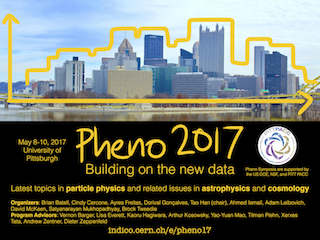Speaker
Description
Recently the well known core/cusp problem in the lambda cold dark matter ($\Lambda$CDM) paradigm is upgraded to the diversity problem in the galaxy rotation curve due to the failure of $\Lambda$CDM to explain the diverse behavior in observed rotation curves, especially for dwarf galaxies. To determine whether self-interacting dark matter (SIDM) framework will help to understand this issue, we follow our previous work and fit 120 galaxy velocity rotation curves from SPARC dataset using SIDM model and only assuming the halo concentration-mass relation predicted by the $\Lambda$CDM model and a fixed value of self-interaction cross section. Our result shows SIDM dramatically improves the ability to fit the rotation curve comparing to CDM. Discrepancy in halo masses corresponding to the same disk mass between result from fitting and expectation from abundance matching may indicate the "too-big-to-fail" problem still exist with SIDM. Radial acceleration relation and baryonic Tully-Fisher relation are closely reproduced though with a bit large reasonable scatter. These results suggest that current SIDM maybe not perfect but demonstrates its great potential to solve and explain small scale issues.
Summary
Astro-Particle Physics




